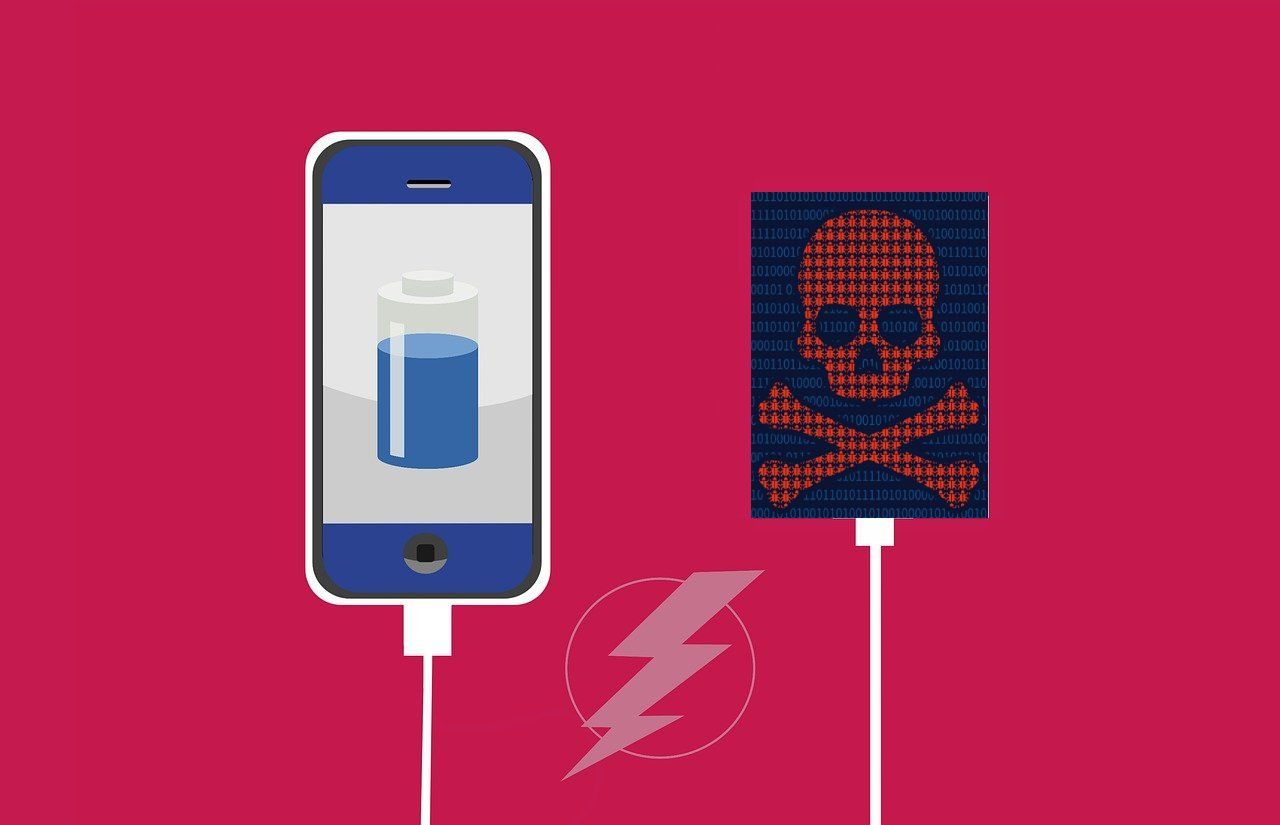A groundbreaking investigation has exposed a serious security vulnerability in third-party USB-C charging cables, revealing how seemingly innocent charging accessories can conceal sophisticated surveillance technology capable of compromising users’ digital security. The revelation comes from detailed CT scans performed by Lumafield’s Jon Bruner, showcasing the intricate internal components of a security research tool known as the O.MG cable.
The investigation has brought to light how modern miniaturization technology allows malicious actors to embed fully functional computers within standard USB-C cables without any visible external modifications. These compromised cables can maintain their normal charging and data transfer capabilities while simultaneously housing components that enable unauthorized access to connected devices and wireless communication with remote attackers.
Using advanced CT scanning technology, Bruner’s analysis revealed the remarkable sophistication of these modified cables. The scans showed multiple stacked microchips and a Wi-Fi antenna, all ingeniously concealed within the standard USB-C connector housing. This level of miniaturization means that visual inspection alone cannot distinguish between legitimate cables and potentially dangerous ones, raising serious concerns about the security of third-party charging accessories.
The O.MG cable, created by security researcher Mike Grover for legitimate security testing purposes, demonstrates the potential capabilities of such modified cables. Once connected to a device, these cables can perform various malicious activities, including keystroke logging, malware deployment, and data extraction. Perhaps most concerning is their ability to establish independent wireless connections to command and control servers, potentially giving attackers persistent access to compromised devices.
The security implications of this technology extend far beyond personal device charging. Public charging stations in locations such as airports, coffee shops, and train stations could potentially become vectors for sophisticated cyber attacks. The discovery highlights the vulnerabilities inherent in using unknown or untrusted charging accessories, particularly in public spaces where the origin and integrity of charging equipment cannot be verified.
What makes these modified cables particularly insidious is their inclusion of an off switch, allowing them to remain dormant until activated for malicious purposes. This feature makes detection even more challenging, as the cable can behave normally during routine use and only activate its surveillance capabilities when instructed by the attacker.
The revelation has prompted security experts to emphasize the importance of using manufacturer-certified charging accessories. For iPhone users, this means relying on Apple’s original cables or certified replacements. Similar recommendations apply to Android users, who should prioritize official accessories from manufacturers like Samsung and Google. While these official accessories typically come with a higher price tag, they offer a crucial layer of security against potentially compromised charging equipment.
The threat isn’t limited to cables alone. Security experts are now recommending that users carry their own portable battery packs to avoid relying on public charging stations altogether. This precautionary measure helps mitigate the risk of connecting to potentially compromised charging infrastructure in public spaces.
While traditional methods of detecting malicious hardware modifications often rely on visual inspection or basic electrical testing, the sophistication of these modified cables renders such approaches ineffective. Even two-dimensional scanning techniques prove inadequate for detecting the layered components hidden within the cable housing. Only advanced three-dimensional CT scanning can reveal the presence of these hidden components, but such technology is generally unavailable to average consumers.
In response to these security concerns, solutions are emerging to help users protect themselves. Grover himself has developed detection tools designed to identify potentially malicious cable activity. However, the most effective protection remains prevention through the exclusive use of manufacturer-certified charging accessories.
This development serves as a stark reminder of the evolving nature of cyber threats and the importance of maintaining vigilance even with seemingly innocuous accessories. As our reliance on mobile devices continues to grow, the security of charging infrastructure becomes increasingly critical. While not every third-party cable poses a threat, the inability to visually distinguish between safe and compromised accessories makes the use of certified products a crucial aspect of personal cyber security.
The discovery underscores a broader trend in cyber security, where physical hardware increasingly serves as a vector for digital attacks. As technology continues to miniaturize and become more sophisticated, the challenge of securing our digital lives extends beyond software vulnerabilities to encompass the physical accessories we use daily. This reality demands a renewed focus on hardware security and careful consideration of the accessories we trust with our devices.
















Add Comment